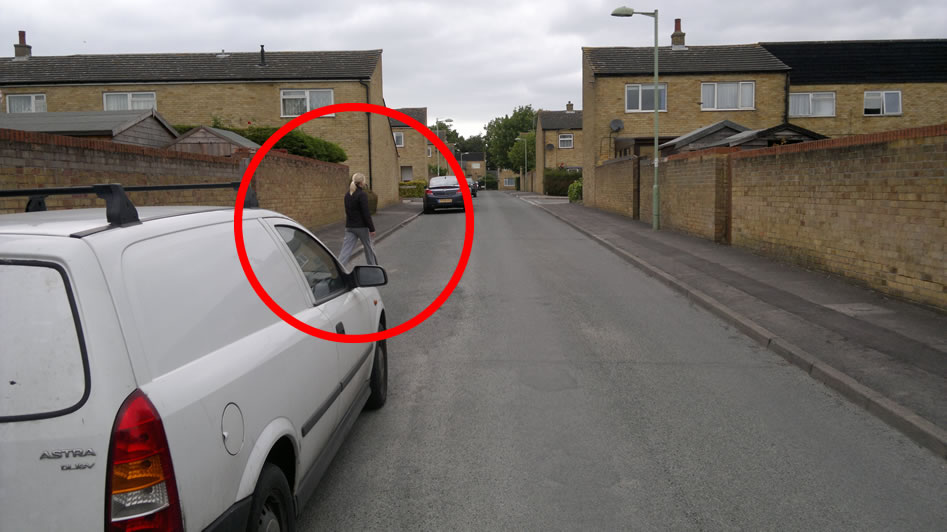Is the hazard perception test free? What is a hazard perception video? How long does the hazard perception test last?
Before you start the hazard perception test, you’ll be shown a video about how it works. You’ll then watch video clips.
The hazard perception section of the driving theory test is designed to test your ability to spot hazards in real-life scenarios. Whilst the multiple choice section of the theory test makes sure you can recognise the meaning of road signs and can adhere to the highway code, hazard perception focuses more on the reality of being on the road.
Pass your theory test at first attempt - practise with the official DVLA revision hazard test. Compared to the free tests, we have the DVSA made CGI videos and multiple-choice questions. A video (with audio) is played explaining how the test works and some example hazards are shown.
In theory, the process is straightforward according to the DVSA’s own guidelines: ‘To get a high score you need to respond to the developing hazard as soon as you see it starting. In addition, research has shown that hazard perception testing : contributed to a significant reduction in certain road accidents in the year following its introduction into the UK. Take a free practice hazard perception test.
This test has clips, each with developing hazard. Tap or click the video when you feel you’re encountering a developing hazard. This is something that would cause you to take some form of action, such as changing speed or direction. A red flag will appear at the bottom of the screen to show your response.

Taking and passing the Theory Test is a prerequisite for taking the practical driving test and obtaining a full UK driving license. You book and take them as a single test.
You must pass both parts to pass the test. A hazard is described as anything that may cause a driver to change spee direction, stop, or even cause harm.
Noticing a potential hazard early enough is a crucial skill that each driver must develop. Good hazard perception helps prevent road accidents and save lives. Practice the test first. There are plenty of online example hazard perception tests so you know what to expect 2. Know what a ‘developing hazard’ is and how to identify one 3. Remember one clip has two hazards to identify 4. Hazard perception test: five top tips 1. Click as soon as you notice a. The idea of the hazard perception test is that a learner driver watches a real life driving situation, and “reads” the road ahea identifying potential hazards, and reacting to them in good time.

A short tutorial video will then play. This will tell you how the hazard perception test works and how you should conduct the test.
It is a computer-based test which measures a driver’s ability to recognise and react, in advance, to events developing on the pavement or roa thereby reducing the risk of having to take emergency action. Learners have to indicate usually by clicking a mouse or touching the screen when they observe a developing hazard. The test essentially serves two purposes: It ensures all learners have studied hazard perception.
The progression from learner to license holder can be slowed down, meaning any learners whose hazard perception skills. The maximum score that can be obtained for the hazard perception part of the theory test is (i.e. 15x5). If you fail either part you are required to take both parts of the test again.
To pass the theory test you must pass both parts. You will then watch video clips. Road traffic signs. Does the sign relate to a hazard ahead? Pedestrians: walkers, people with walking. Residential Streets. The pass mark for the car and motorcycle hazard perception part of the theory test is out of 75. For lorries and buses the pass mark is out of 75. Ultimately, the HGV hazard perception test isn’t an easy thing to do. But that’s a good thing.

It stops unqualified and unsafe drivers operating HGV’s on our roads every day. Here you can familiarise yourself with the content of hazard perception test and learn how to pass it successfully!
It’s taken at the same time as the Theory Test and takes about an extra minutes. More experienced riders and drivers scan the road better and recognise much earlier the clues that show a hazardous situation is developing.
After passing the test, you will have two years to sit and pass your practical driving test.
No comments:
Post a Comment
Note: only a member of this blog may post a comment.